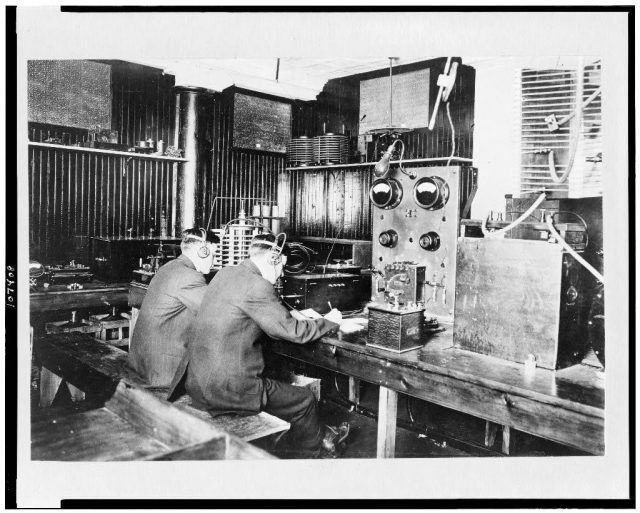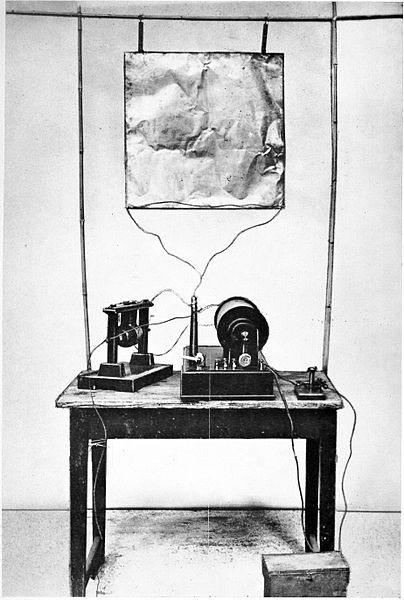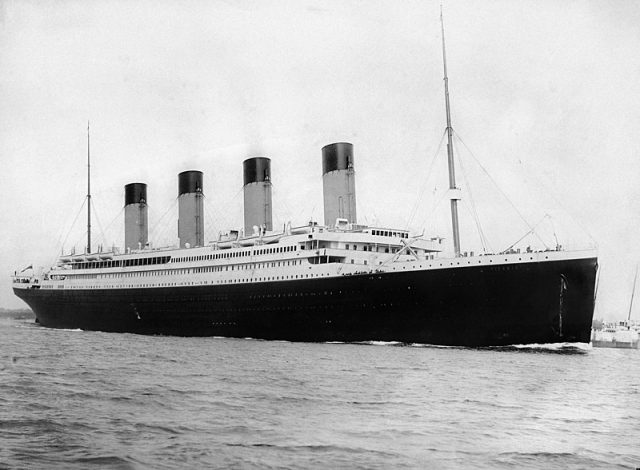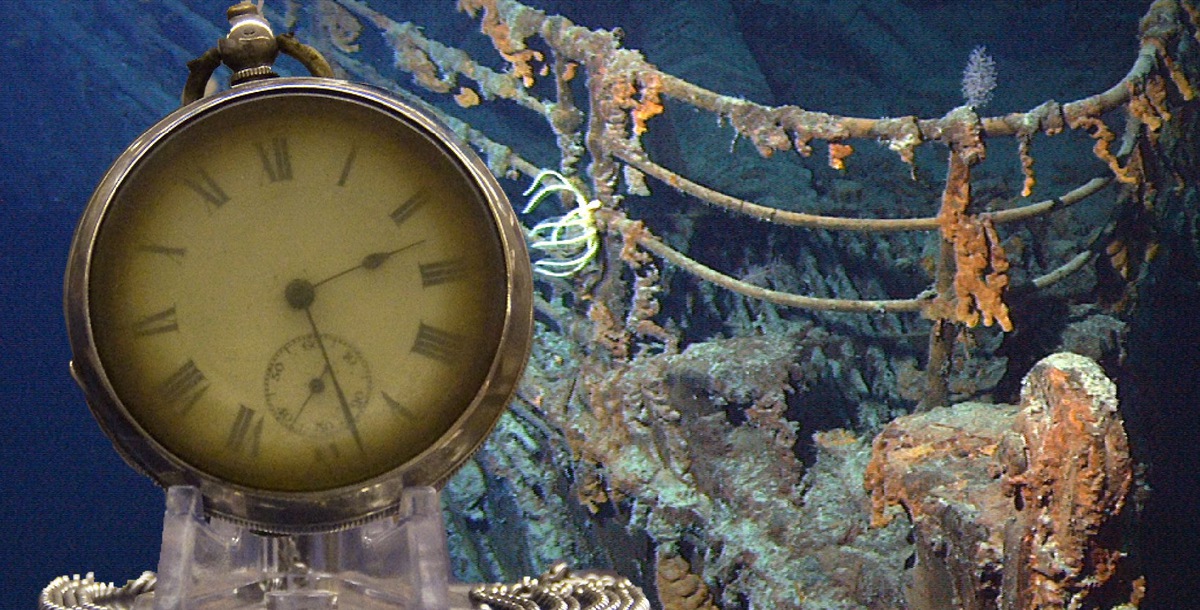A debate rages as to whether a US firm should be allowed to remove Titanic’s “voice”, a Marconi wireless radio from the depths of the wreckage. The wreck or the RMS Titanic is one of the best-known maritime tragedies in the world. The supposedly unsinkable liner hit an iceberg on its maiden voyage, going down with nearly all the passengers and crew more than a century ago. Since then, the wreckage has sat on the floor of the Atlantic Ocean, mostly preserved by the lack of light and the frigid water temperature, but still slowly decaying, nonetheless.
The ship’s location was discovered in 1985. Between 1987 and 2004 there have been eight expeditions to where the wreck is located, and thousands of artifacts have been removed from the debris field that surrounds the ship. Thousands of more artifacts still remain on the sunken hulk, which may be unrecoverable when the ship continues to deteriorate and the decks inevitably collapse.

Before that happens, the Atlanta-based American company RMS Titanic Inc. hopes to remove one thing from the wreckage, itself, a feat which has never been undertaken before and which is causing controversy among interested parties.
The artifact that RMST wants to remove is Titanic’s ‘voice,’ the Marconi wireless radio which was used when the crew on sinking vessel made its last calls for help as it was going down. A recent report in the Telegraph outlines the company’s proposed intention.

Reporters from that publication saw documents which lay out plans to use remotely-operated underwater robots to cut through a particular section of the ship’s roof, allowing them to make a ‘surgical extraction’ of the communication equipment, bringing it up to the surface. The document stated that there is some urgency about the task, since the overhead of the ship is expected to collapse sometime in the next several years, making the task virtually impossible after the fact.

The controversy is that the announcement is being made just prior to Britain making the announcement of a historic treaty with the US, geared toward increasing protection for the wreckage against unwanted parties scavenging it for artifacts and valuables.
RMST is of the opinion that the treaty has no force of law in the US, and intends to go ahead with implementing its plans as soon as the proposal is approved by an American judge. If all goes well, they will execute the removal of the radio later this year.

The plan they have designed will be tricky and potentially dangerous. It involved sending a manned submarine two and a half miles below the surface of the ocean, then releasing three underwater robots to enter the wreck through a small skylight on the deck, which is located over the room where the communications operators lived and worked.
The plan is that one of the robots would perforate the deck plating where necessary, while the other two film the procedure. Once access to the communication equipment they are targeting has been secured, the robots would carefully remove the equipment and put it in an already-prepared basked, which could then haul it to the surface.
If successful, RMST would probably put the Marconi on display in Las Vegas, in its exhibition at the Luxor casino before allowing it to be exhibited in other parts of the world. The company even thinks it’s likely that they can get the device back in working order.
However, there are plenty of people, including the relatives of some of the passengers who were on the ship, who feel strongly that the wreckage should be left undisturbed, making a distinction between liberating artifacts that surround the ship and those which are still inside it. There are even those who believe that the wreckage still contains the remains of passengers who were unable to escape, although RMST’s president doesn’t seem to buy into that notion.
Related Article: First Images of Titanic in 14 Years Raise Alarms that it Could Soon be Lost
It all boils down to wanting to protect the wreckage from scavengers, on the one hand, but increasingly risking the permanent loss of unknown artifacts, such as the Titanic’s “voice” radio which are still on board and could be of tremendous historical, as well as economic, value. It seems that the courts will have to decide where that line lies and how to walk it.
